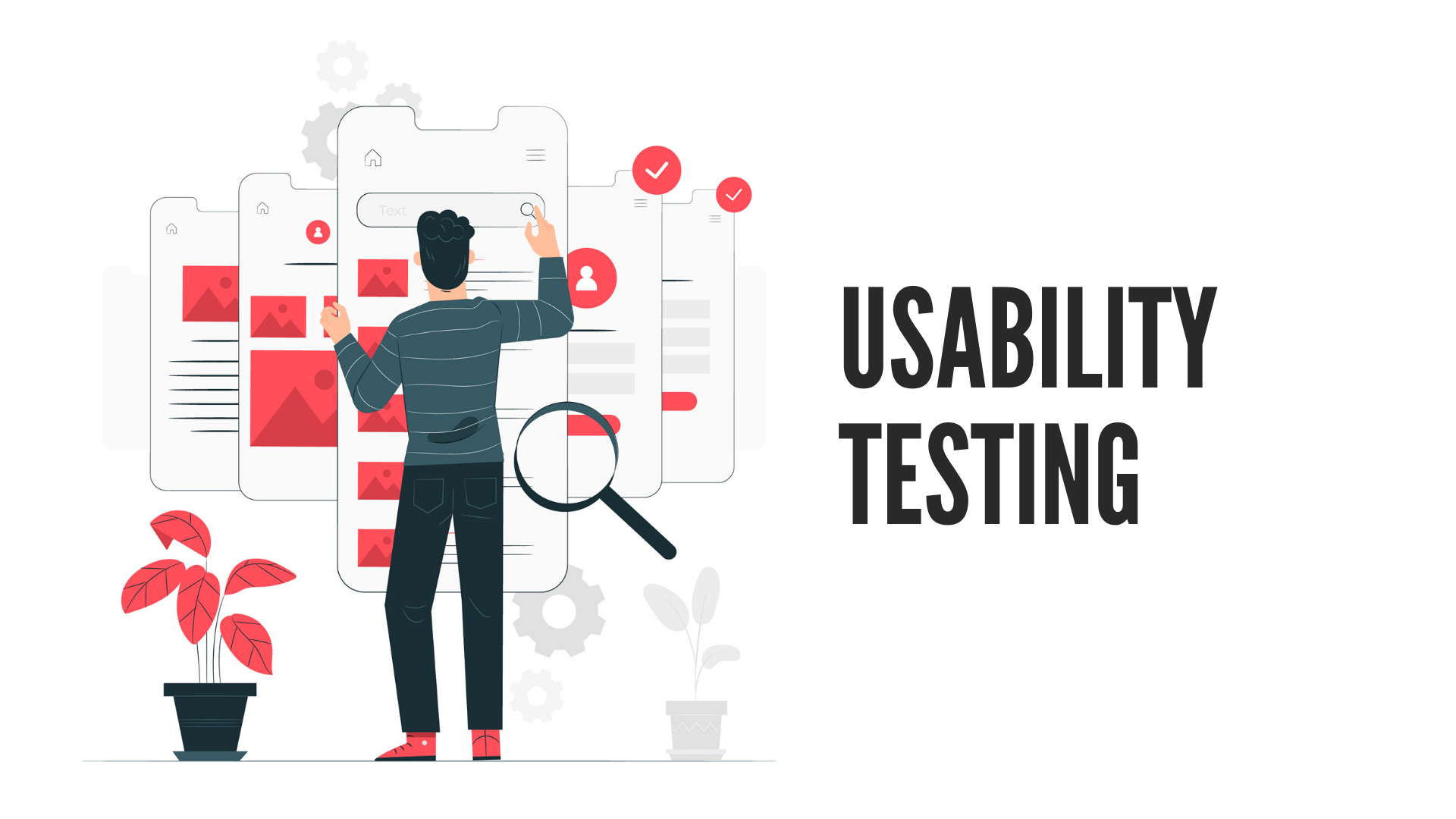
A website or app must undergo usability testing to determine how well it functions for its intended audience. It allows us to learn about user behavior and motivations, discover usability issues, and gauge customer happiness. You can guarantee that your final product will be up to par with your users’ expectations by using various usability testing methods and tools during the project’s development.
There are several approaches to website usability testing, but you can classify them as in-person or remote. In-person testing is any testing that requires the actual presence of a user. Any testing that doesn’t require a usability designer’s physical presence is considered remote testing.
It’s best to conduct usability tests in person so your moderator can record the user’s gestures, body language, and other non-verbal cues.
Focus groups, contextual interviews, and eye tracking are just a few of the in-person testing methods available. When it’s challenging to identify suitable test users, when resources are limited, or when immediate feedback is required, remote testing is an excellent alternative. In regards to your remote work, you have the option of having it moderated or unmoderated.
Advantages and Disadvantages.
In-person testing necessitates resourceful planning, but remote testing is more reliable and gives more thorough responses. Card sorting, prototypes, and user groups are all examples of methods.
In-person testing allows the moderator to observe the user’s emotional, physical, and verbal responses, which are difficult to access while testing remotely, in addition to more basic metrics like where the user clicks. At any stage of these tests, designers can engage with participants and ask insightful questions about their experience.
Time, money, and logistics are just some obstacles to in-person testing. Since in-person sessions require more time to organize and execute, testing must coincide with the user’s schedule. In-person user testing can be expensive to organize. It may be necessary to compensate the designers for their time and effort in organizing the tests and analyzing the findings.
The Difficulty of Logistics is Also a Factor.
Coordinating travel to everyone’s city may be challenging if your employees work from various locations throughout the country. Compared to traditional in-person testing, remote testing offers greater convenience and efficiency. Both moderated and unmoderated tests are available. The participants in a remotely moderated test are kept under close watch while they perform the various tasks.
Test takers don’t communicate with a moderator during an unmoderated test. A few simple technologies are available to simulate in-person testing. Options for remote testing include recording a user’s voice and tracking their eye movements as they utilize a mobile app or a website. Some tools track where the pointer goes and how long it stays there.
Remote testing has the drawback of not being able to catch every little detail that a user might change. During remote testing, it may be difficult, if not impossible, to accurately capture a subject’s body language and emotional state.
User experience designers can employ either in-person or remote testing methods. Combining testing can help you receive the necessary information while keeping expenses down. Learn about the various options and settle on one that works with your design’s requirements and budget.
In-person and online app usability testing can provide the user experience designer with valuable insights.
Checklist
Before conducting a test, it is essential to run tests on the prototype and testing tools.
Send a brief guide outlining the test’s length and the nature of the product to the tester beforehand.
Get a backup plan ready if the tester doesn’t show up or there are technological difficulties.
The test moderator arrives 15 minutes early to set up the equipment.
In case of a delay in the user’s response or a snag in the dialogue, it’s best to add 15 minutes to the session’s allotment.
Invite one or more observers to the session; this is a fantastic method of spreading the word about the benefits of research within your company and broadening your perspective.
Conclusion
The goals of both in-person and remote mobile usability tests are the same; to watch user behavior and understand their needs; however, you must make distinct technical considerations for each.
Remote testing requires careful attention to you and your user’s audio and video settings. Strong customer service abilities can help you discover a solution or workaround to a problem. It is a challenge when you have users with poor tech skills. Communicating with them is not easy and will require good people skills. The ability to remain composed and patient under pressure is essential.
When doing an in-person test, you’ll need to guarantee that everything from the cameras to the booked meeting space to the tester’s comfort is in place and working properly. Once you’re ready, you can start your in-person test.